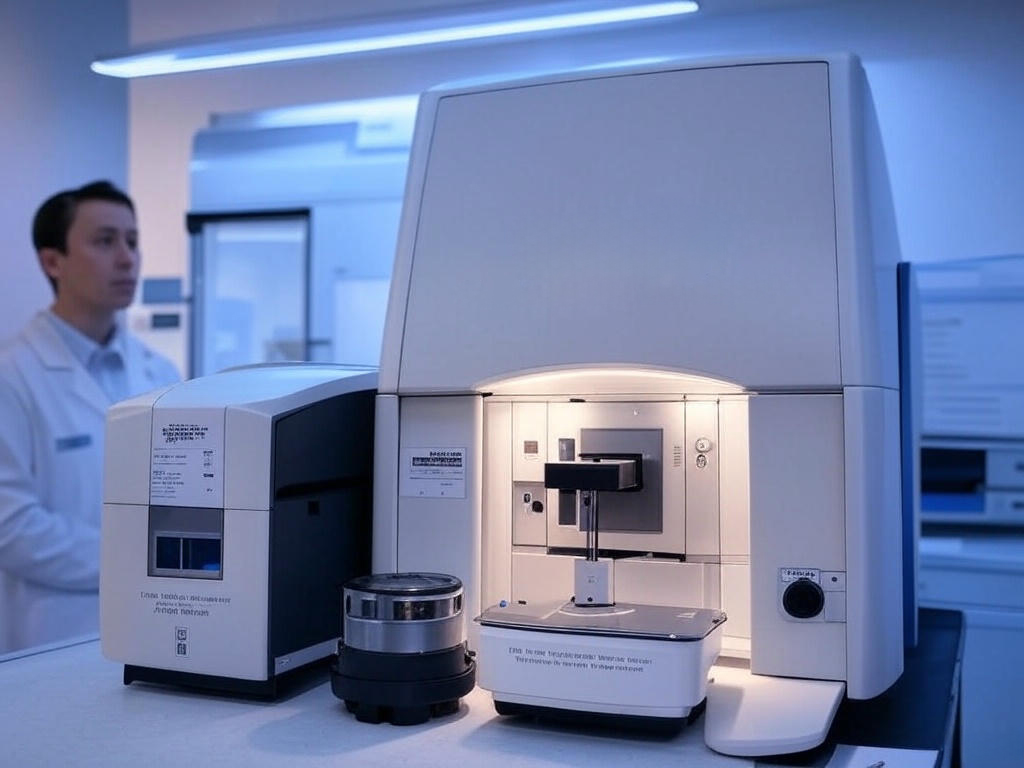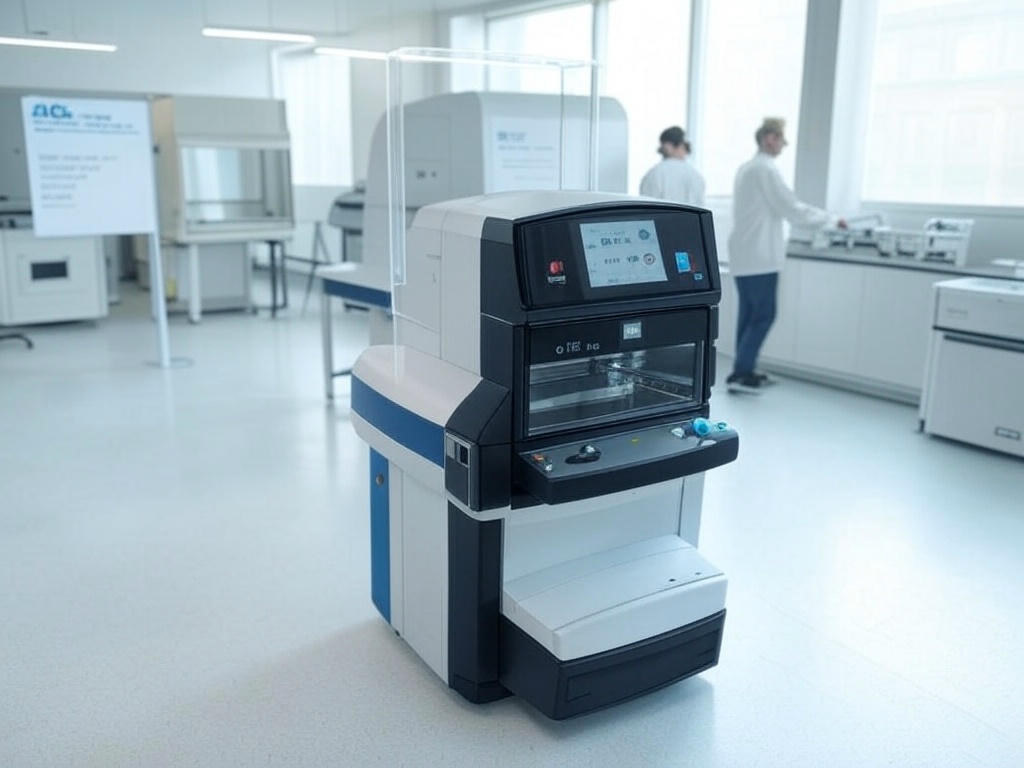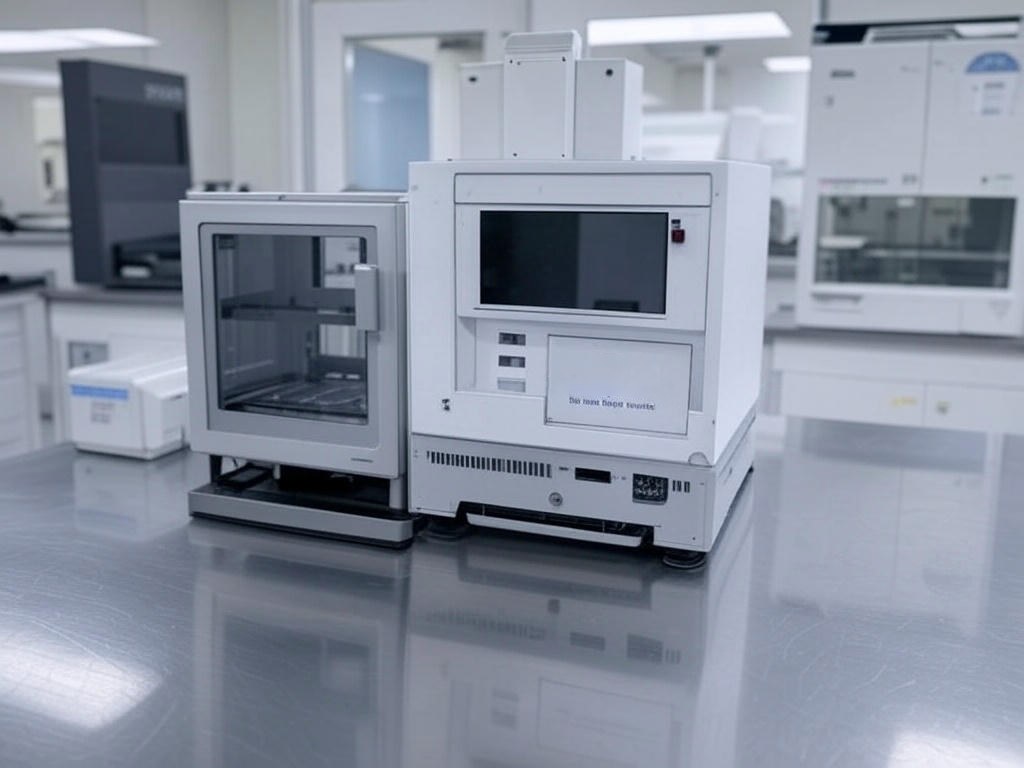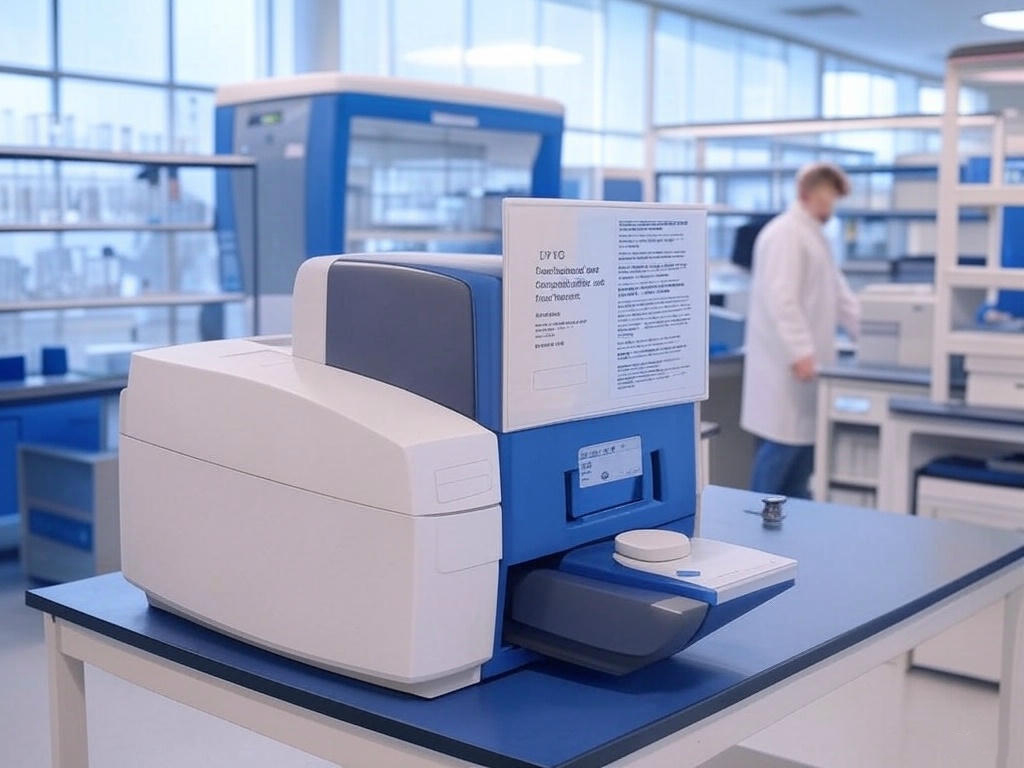FTIR Testing for Material Composition
Fourier Transform Infrared (FTIR) Spectroscopy allows for the identification of unknown compounds and confirmation of material identities.
How FTIR Testing Works:
FTIR testing measures the absorption of infrared light by materials, providing insights into their chemical bonds and molecular structure.
We use FTIR for:
- Identifying unknown materials by comparing spectra to a library of known compounds.
- Confirming the composition of materials based on their characteristic absorption peaks.
- Analyzing chemical bond vibrations to understand the material's molecular structure.
Expected Outcomes:
After FTIR testing, you will receive a detailed spectral analysis that identifies key chemical bonds and molecular components of your material.
Our FTIR Services Include:
- FTIR Only: Basic spectral analysis for material identification.
- FTIR with Library: Advanced comparison with a library of known spectra to identify materials with high accuracy.
Contact us for FTIR Testing to learn more about your material's composition.


AES Testing for Elemental Surface Analysis
Auger Electron Spectroscopy (AES) provides precise elemental surface analysis and is ideal for high-resolution analysis of thin layers.
How AES Testing Works:
AES uses an electron beam to interact with the material, causing the emission of characteristic secondary electrons. These emissions provide detailed elemental information about the surface of your material.
Expected Outcomes:
You'll receive a detailed surface composition map, which can be used for quality control, failure analysis, and material development. Depth profiling and line scans allow for in-depth analysis of layers and material gradients.
AES Techniques Available:
- AES Point: Single-point elemental analysis.
- AES Line: Elemental variation across a line scan.
- AES Mapping: Elemental distribution maps for comprehensive analysis.
Schedule your AES Testing to explore your material's surface composition in detail.
XRF Testing for Non-Destructive Elemental Analysis
Non-destructive X-Ray Fluorescence (XRF) testing for rapid and reliable elemental analysis of solids, including alloys.
How XRF Testing Works:
XRF works by emitting X-rays onto the material's surface and analyzing the fluorescent X-rays that are emitted in response. These emitted X-rays are characteristic of the elements present in the material.
Expected Outcomes:
You'll receive a detailed elemental breakdown of the material composition. XRF is especially useful for materials such as metals and alloys, offering quick results without damaging the sample.
Contact us for XRF Testing to verify the elemental integrity of your materials.


UV-VIS Spectroscopy for Comprehensive Optical Analysis
UV-Visible Spectroscopy is used for both qualitative and quantitative analysis of liquids and solids.
How UV-VIS Spectroscopy Works:
UV-VIS spectroscopy measures the absorption of UV and visible light by your sample. The light absorption spectrum reveals information about the optical properties of your material, such as concentration and chemical structure.
Expected Outcomes:
After UV-VIS testing, you'll receive insights into the optical properties of your sample, including concentration and reaction kinetics for liquids, and diffuse reflectance spectra for solids.
UV-VIS Techniques Available:
- UV-VIS (Liquid): Concentration measurements, reaction kinetics, and more.
- UV-VIS (Solid): Diffuse reflectance spectroscopy for solid samples.
Contact CAPLINQ for UV-VIS Testing to analyze the optical properties of your materials.
Frequently Asked Questions about Compositional Analysis
Why is compositional analysis important?
Compositional analysis helps in:
- Ensuring product quality and consistency
- Material development and optimization
- Failure analysis and troubleshooting
- Environmental and regulatory compliance
How does CAPLINQ ensure accurate compositional analysis?
We ensure accurate results through:
- State-of-the-art instrumentation and techniques
- Strict adherence to international testing standards
- Regular calibration of equipment
- Expert data interpretation and consultation


